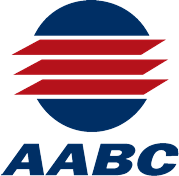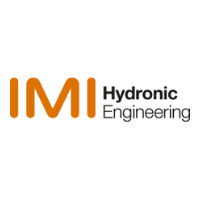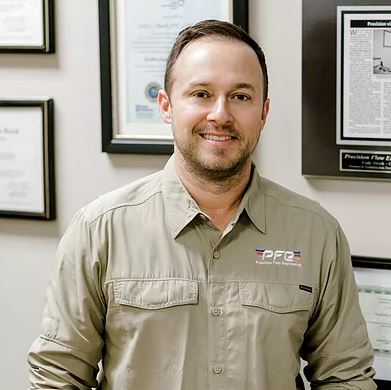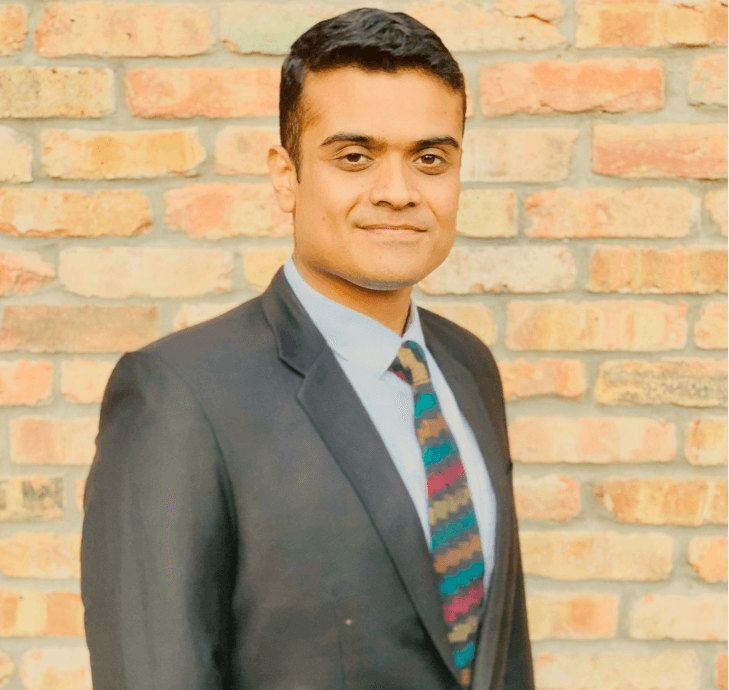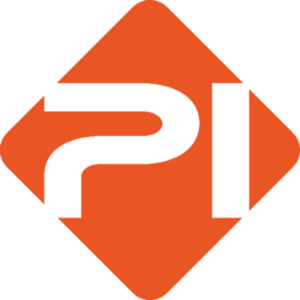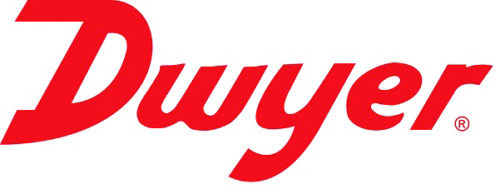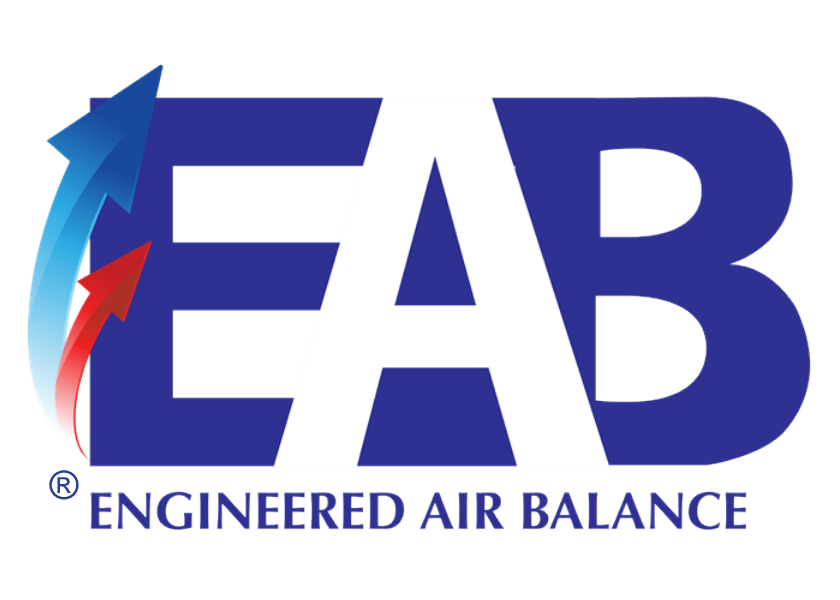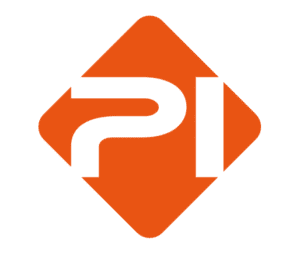Abstract:
The first key to hydronic control is design-flow availability at all terminal units under design condition. In theory, it is possible to obtain correct flows by properly sizing the plant, but in real life, installation does not always match design. Some oversizing occurs because components must be selected from existing commercial product lines. This could result in overflows and underflows in different parts resulting in poor delta-T, system performance and comfort. The solution to this issue is to perform systematic balancing with optimal pressure-drop for design condition by decomposing the plant into hydronic modules, ensuring design flow availability at all terminal units.
Learning from the session:
The key learnings from this session are:
- What are the objectives of HVAC installation?
- Why is hydronic balancing important? How does it affect system performance?
- How do we properly mount/install a balancing valve?
- How can we create hydronic modules for systematic balancing?
Sponsored by:

Years of experience enables IMI Hydronic Engineering to provide solutions that deliver optimum hydronic efficiency across entire HVAC systems. We help you engineer advantage from concept to installation, saving you time, reducing installation complexity and delivering GREAT standards of efficiency and sustainability
